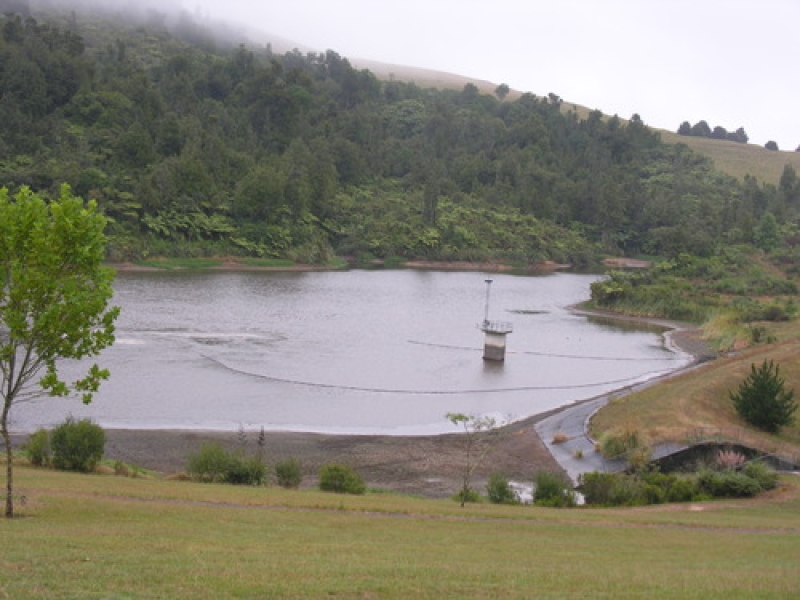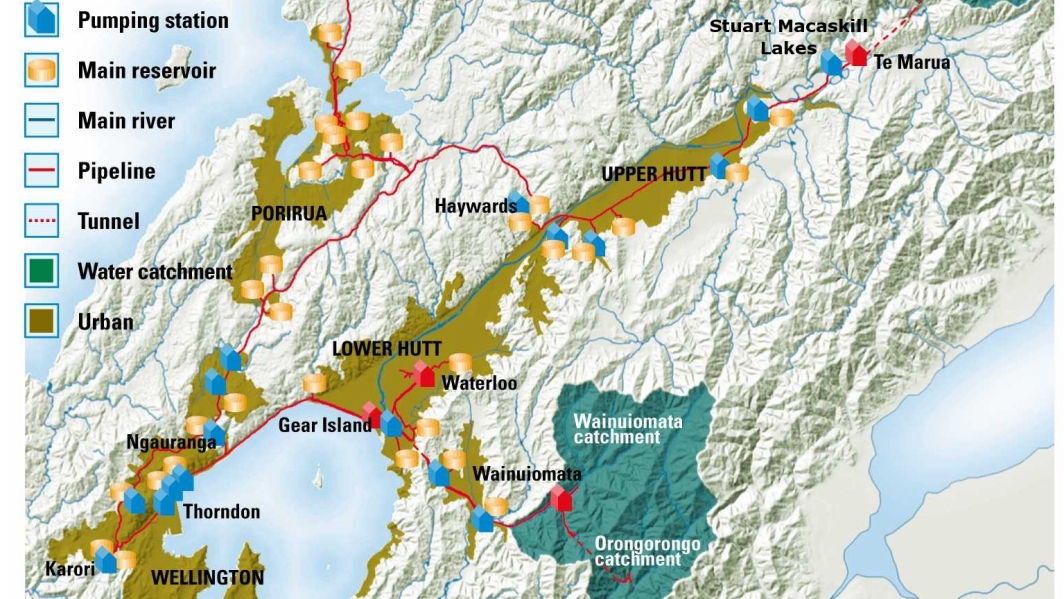Are more water restrictions on the agenda?
The Tools in Bin 2.5 provide some background on water supply and demand issues and modelling for New Zealand cities, recognising that population increase and other societal pressures, as well as the climate, are likely to change over the coming decades.
Tool 2.5: Overview of potable water tools
(PDF 291 KB)
- A brief overview of Tools 2.5.1 to 2.5.4.
Tool 2.5.1: General information on water supply and demand methods and issues
(PDF 686 KB)
- This tool acknowledges the complexity and interconnectedness of human and natural resource systems. It uses systems-thinking tools to explore the complex dynamics of urban water supply and demand approaches, including relevant social factors, with particular regard to communities adapting to the effects of climate change.
Tool 2.5.2: Bulk water demand trend modelling
(PDF 777 KB)
- Two modelling tools are presented here: The WaterTrac climate correction modelling tool, which is designed to monitor trends in bulk water production and to provide water utilities with information about climate influences on water demands; and the ClimateTrac modelling tool, which was developed for annual and monthly forecasting of the impacts of climate change on water demands.
Tool 2.5.3: SYM approach to present-day and future potable water supply and demand
(PDF 1.2 MB)
- This tool provides an overview of a case study using the Greater Wellington Regional Council's Sustainable Yield Model (SYM). One of the objectives of this case study looked at interactions between water supply and demand factors, and climate change trends.
Tool 2.5.4: Linkages to risk assessment, adaptation options and decision tools
(PDF 277 KB)
- This tool identifies the next stages in an assessment of water supply and demand impacts due to climate change.
Related links
- Other Urban Impacts Toolbox trays
- Climate variability and change
- NZ temperature record
- Climate change scenarios for New Zealand


